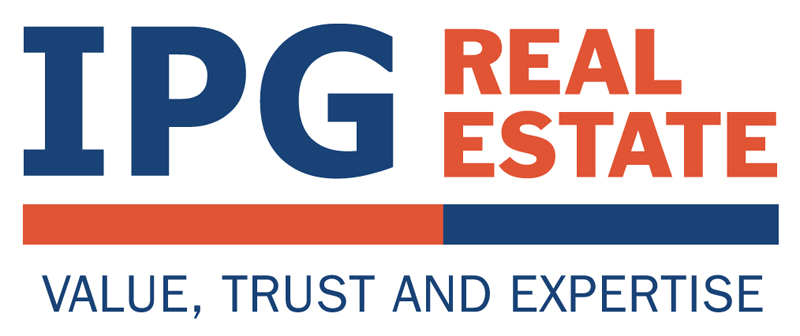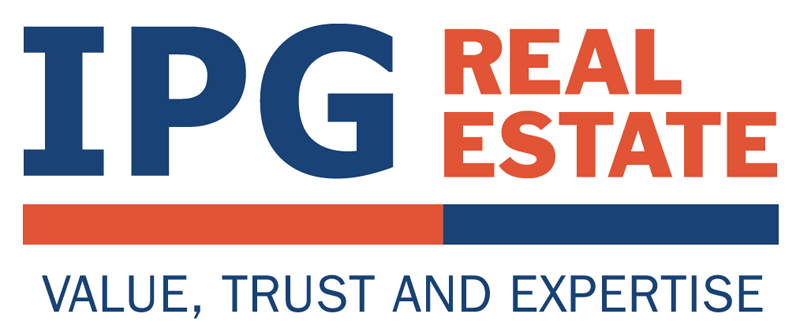A shared-appreciation mortgage allows a third party to share in the profits made off the sale of a property. This third party is often a lender but can be anyone stipulated on the mortgage. In a real estate transaction, the lender may agree to drop the interest rate on a mortgage in exchange for a percentage of any appreciation seen on the property when the borrower sells it in the future. This has a higher risk than a normal mortgage for the lender. If the market is up when the borrower sells, the mortgage lender will garner the profit. However, if there is no appreciation or depreciation, the lender does not get any profit. For example, a borrower buys a property for $500,000 and the lender agrees to a 20 percent shared-appreciation mortgage. The borrower sells the property for $750,000. The lender gets 20 percent or $50,000.

